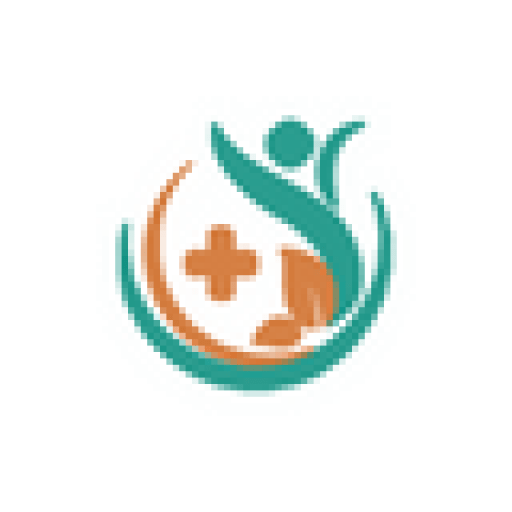Understanding Drug Safety Reporting and How It Impacts Patient Care
Understanding Drug Safety Reporting and How It Helps Patients
Introduction
In healthcare, keeping patients safe is the most important thing. A big part of this is drug safety, also known as pharmacovigilance, which means keeping an eye on how medicines affect people. At Pharmacovigilance Foundations, we know how important it is to report drug safety to help patients and public health. This blog will talk about what drug safety reporting is, how it’s done, how it affects patient care, the challenges, and what’s coming in the future. By learning about these parts, healthcare workers can do their best to keep patients safe and make sure drugs work well.
What is Drug Safety Reporting?
Drug safety reporting is all about gathering and studying information on bad effects and other problems with medicines to keep them safe. It started after some bad events in the past, like the thalidomide disaster in the 1960s. Important people in this process include agencies like the FDA and EMA, doctors, and patients, all helping to find, report, and fix drug safety problems.
The Drug Safety Reporting Process
Finding Bad Events
Bad events are any problems that happen when someone uses a medicine. Healthcare workers are important in spotting these problems by talking with patients, checking regularly, and writing things down carefully. Tools like electronic health records (EHRs) help find these problems quickly.
Reporting Systems
There are systems, like the FDA’s MedWatch and EMA’s EudraVigilance, to report drug safety problems. Healthcare providers and patients should report these issues through these systems. It’s important to report quickly and accurately to stop more problems from happening.
Collecting and Studying Data
Reports from different places are gathered, organized, and studied carefully to find patterns and safety worries. Ways like checking data and finding warning signs are used to make sure medicines stay safe.
Rules for Drug Safety Reporting
Agencies like the World Health Organization (WHO), FDA, and EMA make rules for drug safety reporting. National agencies use these rules, supported by laws, to monitor and respond to drug safety problems, protecting public health.
Impact of Drug Safety Reporting on Patient Care
Patient Safety
Drug safety reporting helps stop medicine mistakes. By spotting risks with drug use, healthcare professionals can lessen these risks and keep patients safe. Case studies have shown how quick reporting and response have stopped serious harm.
Healthcare Practices
Reporting data changes how doctors prescribe medicines and make treatment plans. As new information comes in, healthcare providers might change their advice based on the latest safety data. This can lead to updates in medication instructions, keeping everyone informed about the safest drug use.
Public Health
Drug safety reporting helps watch out for public health by spotting drug-related issues early. This can lead to recalls or safety alerts to prevent widespread problems. For instance, some vaccines and medicines have been reviewed, improving public safety.
Challenges in Drug Safety Reporting
Underreporting
A big challenge is not reporting enough bad events. Things like being busy, not knowing enough, and fear of legal trouble make this happen. To improve reporting, we need education, simple processes, and a safe reporting environment.
Data Quality and Study
Issues with data quality, being complete, and consistent can make analysis hard. Poor data affects decision-making. Ensuring good data and standard analysis is important for good insights from reports.
Global Collaboration
Working together globally on drug safety is tough with different rules and practices. Efforts like the International Council for Harmonisation aim to make standards the same, promoting global consistency in drug safety work.
Future of Drug Safety Reporting
New technologies like artificial intelligence (AI) and digital tools can help improve drug safety reporting. They can make collecting data easier, better studying it, and detecting safety issues. Patients are now more involved in reporting with digital health tools, engaging directly.
As technology and international cooperation grow, rules and practices will change too. These improvements aim to make drug safety systems better, improving patient care and public health.
Conclusion
Drug safety reporting is vital for patient care, making sure medicines are safe and effective. At Pharmacovigilance Foundations, we are dedicated to helping healthcare workers engage in drug safety efforts. As drug safety systems grow, they have the potential to further better patient care worldwide.
Call to Action
We urge healthcare professionals to be active in drug safety reporting, as it improves patient health. Also, if you’re a patient, report any bad drug reactions to help make medicines safer for everyone. Together, we can make big steps forward in drug safety and patient care.






